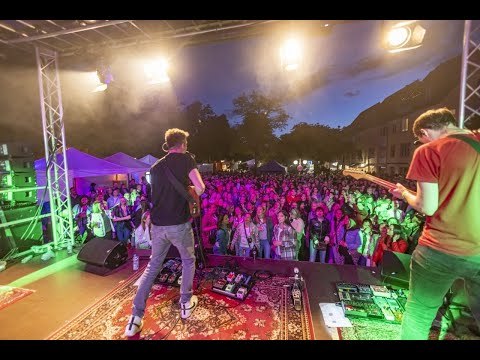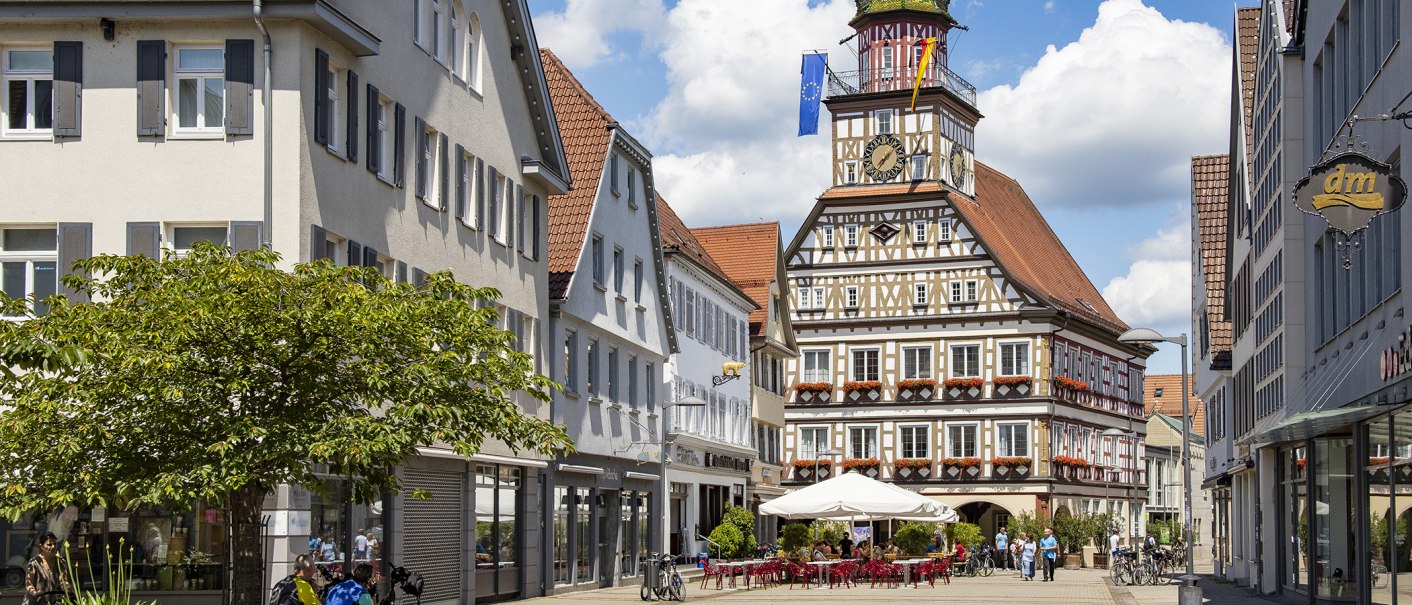Kirchheim unter Teck
A glance at the map is enough: the middle center Kirchheim unter Tech offers a location advantage with its geographic location which hardly another city in the metropolitan region Stuttgart can show. The location surrounded by green with the optimal traffic infrastructure and connection to the city is almost unique. In exactly ten minutes you are at the airport (25 km) and at the New Trade Fair and in a short time in the state capital Stuttgart (35 km).
History
The appeal of the city Kirchheim unter Teck lies in the closeness of its old town core. The castle with wall and trench, St. Martin's Church and the Grain House, the bastion in the north-east of the city core and the striking street crossing with the unique City Hall give the city a picturesque accent. Findings from the early stone age document the early settlement of Kirchheim.
The Celts and Romans left their traces and based on Alemannic row grave cemeteries there is evidence of three Alemannic original villages. With the first documented mentioning of Kirchheim in the year 960, St. Martin's Church is also mentioned at the same time, when Kirchheim unter Teck ended up the property of the Emperor Otto I in a swap by the diocese of Chur.
Kirchheim unter Teck developed in the 9th and 10th century to an important market location, an economic importance which Kirchheim unter Teck as a middle center still has today. When around 1060 the Zähringers gained ground in the Alp foreland, through this dynasty and even more through the additional line of the dukes of Teck, the fate of the Kirchheim region was determined for around 300 years.
Between 1220 and 1230, the Teck dukes raised the market place to a city, which at the end of the 13th century had all functions of a medieval city.
When in the 14th century, caused by the economic downfall, the dukes of Teck had to sell their lordship piece by piece, Kirchheim went to the counts of Wuerttemberg in 1381.
The 16th century brought after the return of duke Ulrich the extension of the city to a land fortress. Besiege, quartering, plundering and the plague, as results of the Thirty Years' War, leave their traces. The gravest break was of course the great city fire of 1690 which made Kirchheim unter Tech to a pile of ashes with the exception of a few buildings.
Opening hours
| Monday |
10:00 a.m. - 05:00 p.m. |
| Tuesday |
10:00 a.m. - 05:00 p.m. |
| Wednesday |
10:00 a.m. - 05:00 p.m. |
| Thursday |
10:00 a.m. - 05:00 p.m. |
| Friday |
10:00 a.m. - 05:00 p.m. |
| Saturday |
10:00 a.m. - 02:00 p.m. |
| Sunday |
- |






